Interview with Dr. John Gamble, author of 'No Bull Information'
Dr. John Gamble is Distinguished Professor of Political
Science and International Law at Penn
State’s Behrend
College in Erie
and Director of Honors Programs. He is the author of approximately 100
publications and recently won Penn State’s
most prestigious award for teaching, the Milton S. Eisenhower Award for Distinguished
Teaching.
Dr. Gamble has stuttered all of his
life. As a result, he believes words are precious and should not be taken for
granted; this motivated him to write NO
BULL INFORMATION. His dream for the book is that parents and
grandparents will teach their children and grandchildren NBI techniques and
demand clear, concise information from political leaders and service and
product providers.
For
More Information
About the Book:
In
his new book, NO BULL INFORMATION,
Dr. John Gamble challenges readers to confront the
Information Age by abandoning simplistic thinking and taking a measured
approach that requires asking questions to analyze and understand complicated
issues, to identify and avoid word traps, and to effectively dissect and
comprehend numbers frequently used to confuse voters and consumers.
Gamble
uses humor and a wise cartoon character, Arnbi, to guide the reader through the
maze of political doublespeak, expert-celebrity pitches of products, and healthcare
options, among other issues.
With a focus on helping Americans to become better
prepared to deal with the massive amounts of information that they face on a
daily basis, NO BULL INFORMATION
(NBI) instructs readers in developing “a new type of literacy.” NBI seeks to
create an educated citizenry that can sift through information, identify the
facts, and determine the best way to manage those facts. Gamble asserts that
the super citizens who accept the challenge of NBI will make better decisions, which
will lead to a reduction in financial disasters and government inefficiency.
Gamble’s cartoon sidekick, Arnbi, supports the NBI
movement by offering targeted advice that summarizes many of the key principles
outlined in NO BULL INFORMATION,
including:
·
Too bad, but “simple” is a square
peg that seldom fits into the round hole that is our modern world.
·
Facts are necessary but they must
be put into context (PUTFiC).
·
Vested interests are
everywhere—recognize them.
Breaking
down words and numbers is the foundation of NBI. In one section of the book,
Gamble walks the reader through a basic lesson in understanding percentages and
statistics. “You need to understand numbers enough not to be deceived.” In one
intriguing illustration, Gamble compares the Pentagon’s budget of $700 billion
to a two-liter bottle and a proposed $20 million in spending to one drop of
water from an eyedropper placed in that bottle. “It is a helpful strategy for
understanding large numbers that are thrown at us every day by politicians and
salespeople.”
Stressing
the necessity of analytical thinking, Gamble explores the use of words in
“bull-laden” information and the need to guard against what the author calls
“landmine words and phrases”; for example, quite
frankly, my good friend, clinical studies prove, award winning, and as seen on TV.
Gamble
uses guidance survey and focus cards to demonstrate how readers can practice
NBI in their daily lives. The cards cover nine areas each (Survey cards:
sampling, word warnings, vested interests, etc. Focus cards: infomercials,
supermarkets, credit, etc.). The cards include questions that help the reader
to analyze a particular situation (buying a new cell phone, for example) and
offer guidance for making decisions.
“I
have been a college professor for more than thirty years. I am convinced that
there are serious problems with the way information is presented and
understood,” Gamble says. “This affects all Americans. I am writing for and to
them.”
The idea for NO BULL
INFORMATION came to Gamble about ten years ago as he observed the
difficulty his Penn State
undergraduate students were having adjusting to the Information Age. “NBI was
inspired by hundreds of students in scores of classes I have taught. It was an
iterative process: a class inspired an idea for NBI that I took back to class
to test before including it in the book.”
Gamble believes that people who read NO BULL INFORMATION will “gain a sense of empowerment, like a life
preserver when we feel we are drowning in a mass of information.”
For More Information
- No Bull Information is available at Amazon.
- Pick up your copy at Barnes & Noble.
- Discuss this book at PUYB Virtual Book Club at Goodreads.
Q: Welcome to The Writer's Life! Now that your book has been published, we’d
love to find out more about the process.
Can we begin by having you take us at the beginning? Where did you come up with the idea to write
your book?
The idea to write No
Bull Information (NBI) first occurred to me about 15 years ago as I taught
undergraduate students at Penn State’s
4,500-student college in Erie. I
notice a change in my students, more wanted simple, brief answers. Instead of
understanding a complex issue, they wanted a five option (even better four)
multiple choice item. I saw that a lot students’ difficulty came from the
information age where they receive information in short, quick bursts. NBI is a way of coping more
effectively with the flood of information that defines our new, chaotic,
information-dense environment. NBI will not lead to the same answers for
everyone; rather it enables each individual to understand what is best for
her/him as each tries to navigate the information labyrinth.
Q: How hard was it to write a
book like this and do you have any tips that you could pass on which would make
the journey easier for other writers?
Very hard! I have been a
professor for more than 1/3 of a century and have published about 100 more narrowly
focused academic things (whatever that means). NBI deals with a far broader
issue in a way an audience of millions can appreciate. It was a long, long
process to find a way that would be
effective— I am not naïve or arrogant enough to claim to have found the way. I describe the process like
this. I had an itch needed to scratched but it took me years to figure out
exactly where the itch was and how to do the scratching.
Q: Who is your publisher and
how did you find them or did you self-publish?
The publisher is
Morgan•James. It was difficult to find someone who would produce a good
paperback, in color, at a reasonable price.
Q: Is there anything that
surprised you about getting your first book published?
This is not my first book, but it
is my first book aimed at a mass audience. There were many big surprises.
First, many publishers thought an egghead academic could not write for a wide
audience. Most frustrating to me was the fact many publishers were not willing
to take the time to make an informed judgment about my book proposal.
Q: What other books (if any)
are you working on and when will they be published?
I plan spin-offs—more targeted
versions of NBI if the first effort goes well. With the more traditional
college professor side of my brain, I am writing about on why international law
clings so tenaciously to its textual orientation.
Q: What’s your favorite place
to hang out online?
I don’t hang out on-line. I try
to use the Internet intelligently and not get seduced by, or addicted to, it.
Q: Finally, what message (if
any) are you trying to get across with your book?
No-Bull
Information is a way of coping more effectively with the flood of information
that defines our new, chaotic, information-dense environment. NBI can help each
individual to understand what is best for her/him. What works for you as one
person must consider seven billion other people on planet earth, each trying to
find their route through the information labyrinth.
Q: Thank you again for this
interview! Do you have any final words?
I’ll
leave to Arnbi, a character I created to get my message across in a memorable
way. The name comes from the book’s title plus “Ar” from Aristotle, the famous
Greek philosopher who, 2500 years, was examining information critically. Arnbi
is cute as hell. Statements from Arnbi are called ARNBisms. One example to whet
your whistle:
• Facts are necessary but they must be put
into context (PUTFiC).





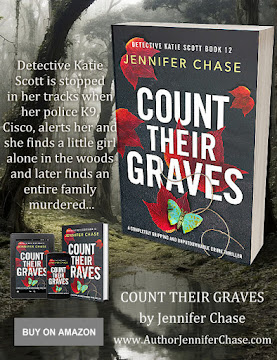































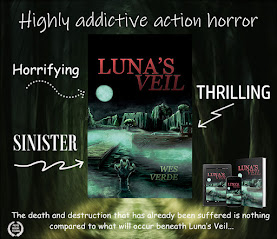
















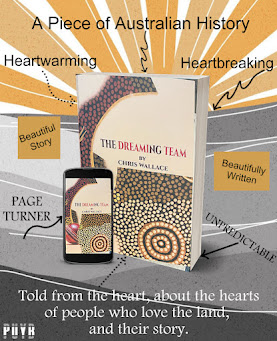









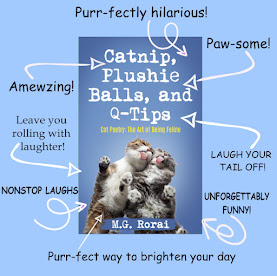










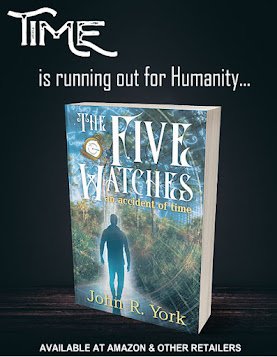























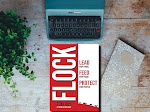


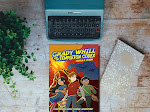








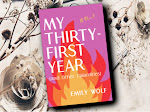






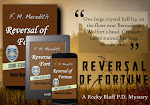









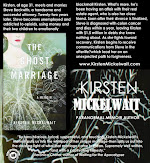





































































Leave a Comment